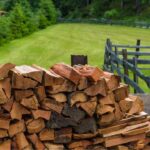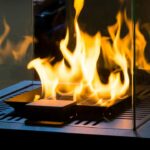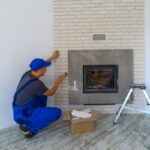With the fireplace market being flooded with many different types of gas fireplaces, you may find yourself wondering what type of fireplace is right for me?
Well in this article we will explore and give an in depth explanation of direct vent fireplaces and give you all the information you need to know.
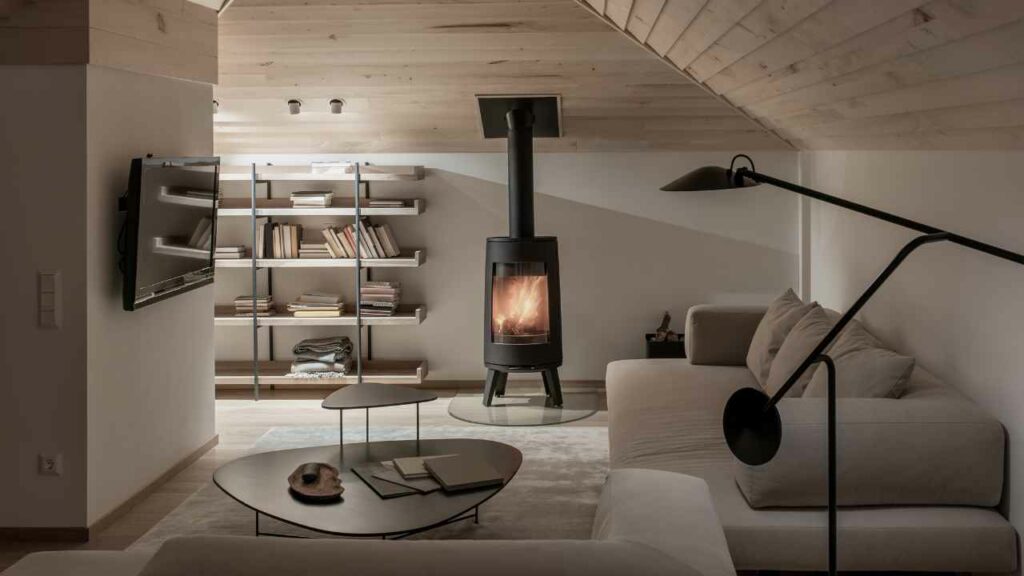
The Basics
Most factory built gas fireplaces of today are designed to be used as direct vent units. These more energy efficient venting systems have replaced the more outdated designs, and have become the primary choice of fireplace installed in homes built within the last 20-30 years.
The fireplaces are perfect for use during a home remodel or room addition. Now let’s discuss how a direct vent fireplace actually works.
How Does It Work?
Direct vent fireplaces are fully contained units that are designed to draw in any fresh air and then expel combustion byproducts outside of the structure. There are two main types of direct vent fireplaces. The first of these is the coaxial and the second is the colinear.
Coaxial consists of a pipe within another pipe, the outer portion serves as an intake and exhaust exits through the inner tube.
The second type is the colinear, this consists of two pipes in line with one serving as a dedicated intake pipe and the other serving as a dedicated exhaust pipe.
Both of the primary styles of direct venting provide several benefits over more traditional fireplace venting systems. Each of them avoids issues such as oxygen starvation and poor draft. Additionally these fireplaces perform under strict energy requirements.
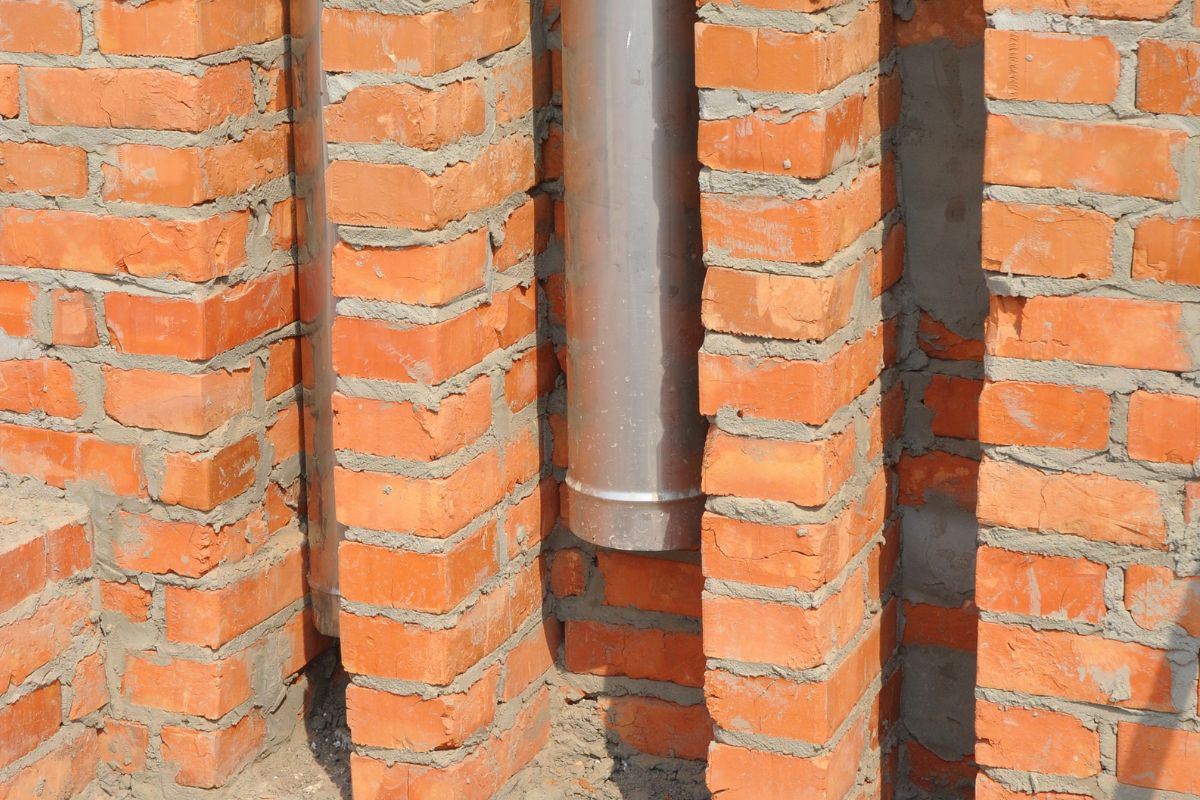
Main Features Of A Direct Vent
Vent Design
Direct vent fireplaces feature a sealed intake and exhaust. These improved units draw air in from outside of the home, exhaust to the outside and radiate heat to the inside for a far more efficient design.
Unlike more traditional fireplaces, direct vent fireplaces are not impacted as much by air drafts and any air pressure changes.
Venting Considerations
Direct vent metal ventilation ducts can be rigid or flexible depending on the needs of the installation as well as the manufacturers guidelines.
These vents can be routed through an exterior wall, out of the roof or even power vented to go around obstacles or cover long distances.
Additionally there is no masonry chimney required in a direct vent installation but clearances to combustibles must be maintained based off of the manufacturers specifications.
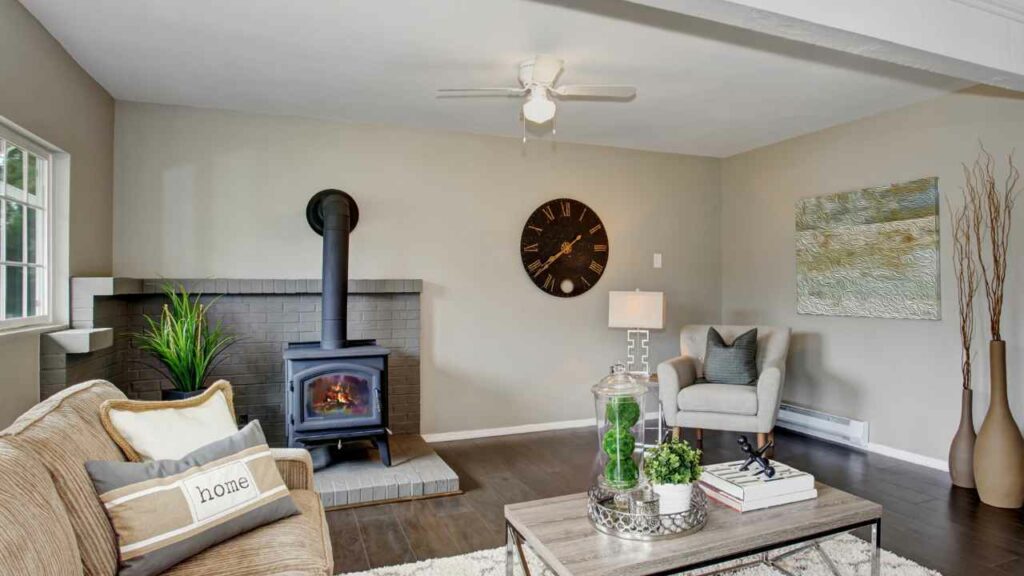
Electrical Considerations
Most direct vent fireplaces are simply gas powered and thus do not require electricity for basic operation. A standing pilot light combined with a simple and reliable millivolt valve system create a safe design.
With newer or more advanced direct vent fireplaces, a source of electricity may be required for features such as blower fans, electronic ignition systems or lights.
In addition, most of the newer units feature an Intermittent Pilot Ignition, that uses electricity to spark the pilot light and in turn then ignites the unit. Then after use, the pilot shuts down as well to save fuel costs and also can extinguish any standing flame.
How To Install A Direct Vent Fireplace
A direct vent fireplace installation should always be done by a trained professional to ensure the process is a safe operation. You should always check the appliance manufacturer information for direct vent configurations.
It is also important to note that every fireplace will have a designated venting system that must be used in order to ensure the proper installation.
Using a certified installer will make the process a lot simpler, but every fireplace manual will provide you with specifications and charts that will cover a large range of venting options to make it as simple as possible.
Whilst direct vent systems are simple and straightforward, we also know that every installation can have its own variables which cause a range of unique challenges during the installation itself so this is all the more reason to consult both the manual and a certified installer.
Are They Efficient?
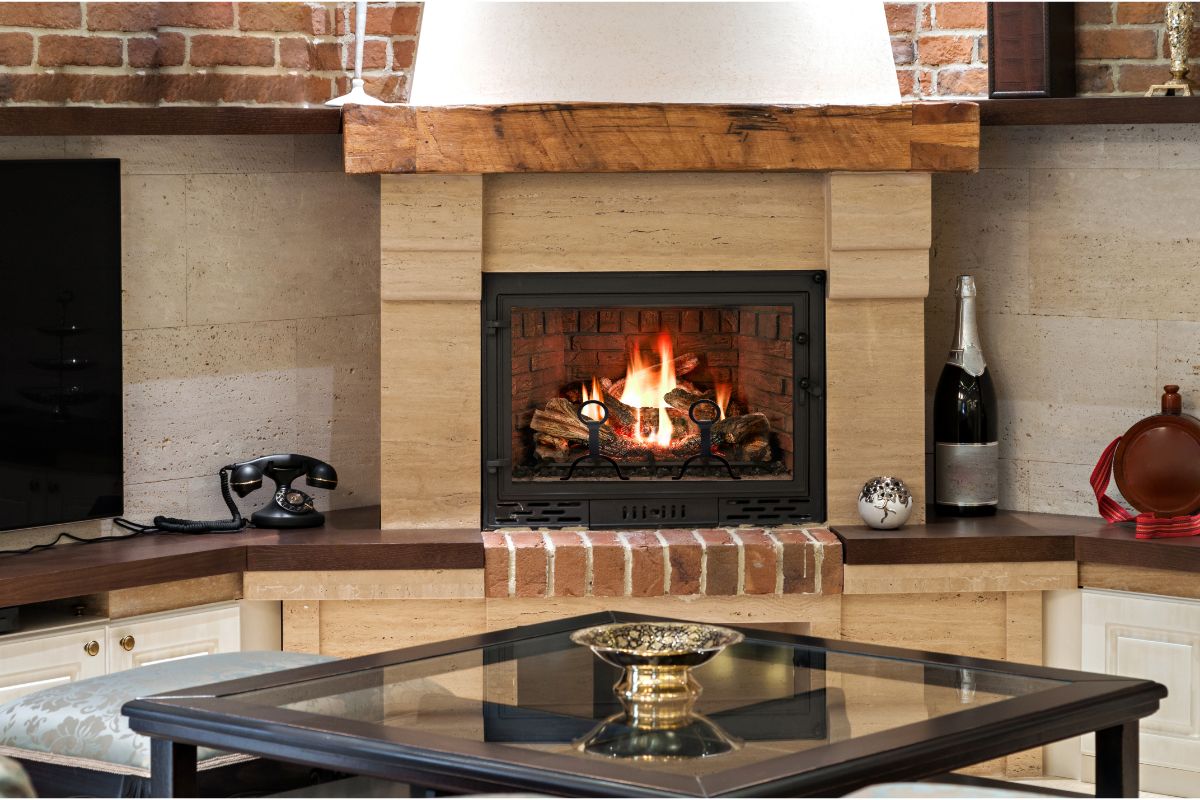
Now we know how to set one up let’s see if there are any other benefits along with the saving of power.
Direct vent fireplaces are energy efficient for several reasons, firstly they are self sufficient heating appliances as they do not draw in air and heat from the room it is situated in.
Due to this it allows the units to operate with up to 70 percent efficiency. Direct vent fireplaces are much more efficient than traditional or decorative vented gas logs who lose the majority of their heat via the chimney.
Does It Need Maintaining?
When it comes to cleaning, a gas fireplace is much easier to clean than it is to install. Whatever exhaust fumes that escape through the chimney are not nearly as tough on the chimney as gasses released from a wood burning fireplace.
This means you will not have to worry about creosote building up in your chimney and you only need to inspect the system termination occasionally.
You should check the venting system around once a year to check if there are any bird nests or any yard debris trapped in there.
You should also clean the glass 1-3 times a year to ensure it looks as good as the day you bought it, this can be done easily with only water and soft cloth being necessary.
Final Thoughts
So, there we have it all you need to know about direct vent fireplaces. They are the perfect happy medium when considering between, cost, efficiency and air quality.
Throughout this article you have hopefully learnt how they work, the main features, selling points that come with having direct vents and finally how to go about installing a direct vent fireplace also that it is probably just best to hire a professional installer to do the job on your behalf.
So if you are looking for an efficient and easy to maintain fireplace then look no further as there’s not many better on the market.
- Discover the Ease and Elegance of Zero-Clearance Fireplaces - July 24, 2023
- How to Build a Frame for an Electric Fireplace Insert: A Step-by-Step Guide - July 16, 2023
- Bedroom Fireplace Ideas That Will Make You Want to Snuggle Up - July 16, 2023

